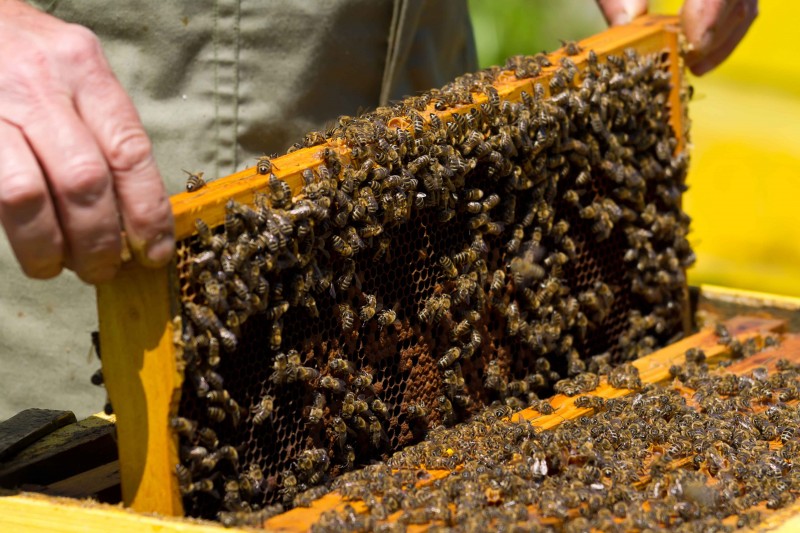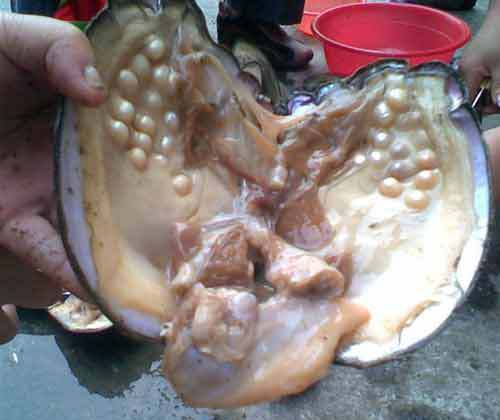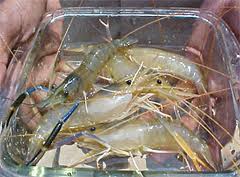QUESTION PAPER SPECIFIC
INSTRUCTIONS:
Please read each of the following instructions
carefully before attempting questions.
There are EIGHT questions divided in Two
Sections and printed both in HINDI and m ENGLISH. Candidate has to attempt FIVE
questions in all.
Question Nos. 1 and 5 are compulsory and out
of the remaining, THREE are to be attempted choosing at least ONE from each
section.
The number of marks carried
by a question/part is indicated against it .
Answers must be written in the medium
authorized in the Admission Certificate which must be stated clearly on the
cover of this Question-cum-Answer (QCA) Booklet in the space provided.
No marks will be given for answers written in medium
other than the authorized one. Word limit in questions, wherever specified,
should be adhered to.
Illustrate your answers with suitable sketches
and diagrams, wherever considered necessary.
Attempts of questions
shall be counted in sequential order. Unless struck off, attempt of a question
shall be counted even if attempted partly.
Any page or portion of
the page left blank in the answer book must be clearly struck off.
SECTION – A
1.Answer the following
in about 150 words each :.
1.(a) What are minor
phyla ? Enlist minor phyla with suitable examples. 10
1.(b) What is Jatinga
bird mystry ? Is it related with bird migration ? Explain. 10
1.(c) ‘Herdmania is a
primitive and degenerate descendent of ancestral chordates’. Explain. 10
1.(d) Apis is known for
social behaviour. Discuss. 10
1.(e) Polychaetes
exhibit different modes of life adapted to habitats. Elaborate the statement.
10
2.(a) Give an account
of locomotion in Protozoa indicating locomotor organelle with . suitable
examples. ' 15
2.(b) What are corals
and coral reefs ? Describe different types of coral reefs and their formation
indicating different theories. 15
2.(c) Enumerate
functions and main components of endoskeleton of vertebrates. Give an account
of types of jaw suspensoria in vertebrates with suitable diagrams. 20
3.(a) Discuss
parasitism in ‘Copepoda’. Comment on structural peculiarities of parasitic
copepods. 15
3(b) Give an
illustrated account of the reproductive system, life history and development of
Asterias. 15
3(c) Give an account of
locomotion in Pisces indicating the role of muscles and fins. How do some fish
fly ? Comment. 20
4.(a) ‘Sphenodon is the
most primitive and crocodilians are most advanced of all living Reptiles’.
Discuss the statement. 15
4.(b) Give an account
of fresh water, egg laying and pouched mammals with suitable examples. 15
4.(c) Give an account
of gills and accessory respiratory organs in vertebrates with suitable
examples.
SECTION ‘B ’
5. Answer the following
in about 150 words each: 10x5=50
5.(a) What is ‘Ganga
action planr ? Explain. 10
5.(b) Explain the role
of pheromones in alarm spreading. 10
5.(c) "Biotechnology
is a vital tool in modem forensic science’. Comment. 10
5.(d) Differentiate
between one-way and two-way analysis of variance (ANOVA). Comment on its
applications in biostatistics. 10
5.(e) Electrophoresis
is a valuable tool in resolving cryptic-species complexes. Discuss. 10
6.(a) Discuss social
hierarchies in Primates. 15
6.(b) What is meant by
distribution ? Explain patterns of distribution in natural populations.
6.(c) What are
biogeochemical cycles? Discuss nitrogen cycle indicating the role of
atmospheric N-fixation, the role of bacteria and the impact of human activity.
20
7.(a) What is
chromosome painting ? Comment on its principles and scope. , 15
7.(b) Give an account
of causes and consequences of pollution of aquatic resources and the problem of
cultural eutrophication. Suggest measures for abatement of water degradation.
15
7.(c) Define
biodiversity hot-spot and mention the criteria of its selection. Write about
biodiversity hot-spots of the Indian sub-region giving their salient features.
20
8.(a) What is Euphenics
? Explain its use for improvement of human welfare. 15
8.(b) Discuss the
status and scope of prawn culture in India. Mention commercially viable and
cultivable species of fresh water and brackish water prawns. 15
8.(c) What are
transgenic animals ? How are they produced ? Explain their contributions to
human welfare. Comment on ethical concerns in relation to transgenesis. • 20








